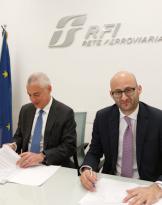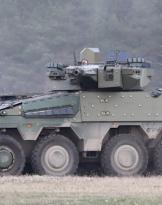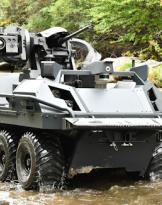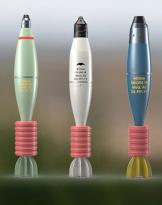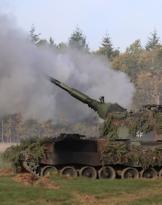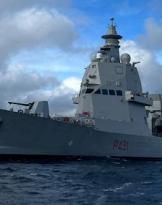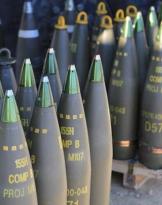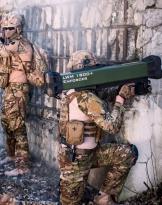Airbus carried out the first ever fully automatic air-to-air refueling (A3R) operation with a rigid boom boom system. The flight test campaign, conducted at the beginning of the year on the Atlantic Ocean, involved an Airbus test tanker aircraft equipped with the Airbus A3R system, with a Portuguese Air Force F-16 fighter as receiver aircraft.
This milestone is part of the industrialization phase of A3R systems prior to their implementation in the development of the A330 MRTT tanker aircraft.
The test campaign reached a total of 45 hours of flight tests and 120 "dry" contacts with the A3R system, covering the entire aerial refueling operation, thus consolidating the maturity and development capabilities at this stage for the 'F-16 and the MRTT. The certification phase will begin in 2021.
"The achievement of this important milestone for the A3R program highlights the excellent capacity of the A330 MRTT development program and confirms once again that our tank is the global point of reference for current and future refueling operations. Our special thanks go to the Portuguese Air Force for their continued support and help for this crucial development, "said Didier Plantecoste, Airbus Head of Tanker and Derivatives Program.
The A3R system requires no additional equipment on the receiving aircraft and is designed to reduce the workload of the Air Refueling Operator (ARO), improve safety and optimize the transfer rate of fuel during air-to-air refueling in operating conditions, for greater air superiority. The goal of the A3R system is to develop technologies that achieve completely autonomous capabilities.
Once the system has been activated by the ARO operator, the A3R automatically moves the arm and maintains the alignment between the end of the arm and the receiver union with an accuracy of a couple of centimeters; the correct alignment and stability of the receiver are checked in real time to maintain a safe distance between the arm and the receiver and also to determine the optimal time to extend the telescopic arm to make the connection with the receiver. At this point, the transfer of fuel is started to fill the receiver aircraft, once completed the disconnection is commanded, the rod is removed from the receiver by withdrawing the telescopic beam and moving away the rod to maintain a safe separation distance. During this process, the ARO simply monitors the operation.


